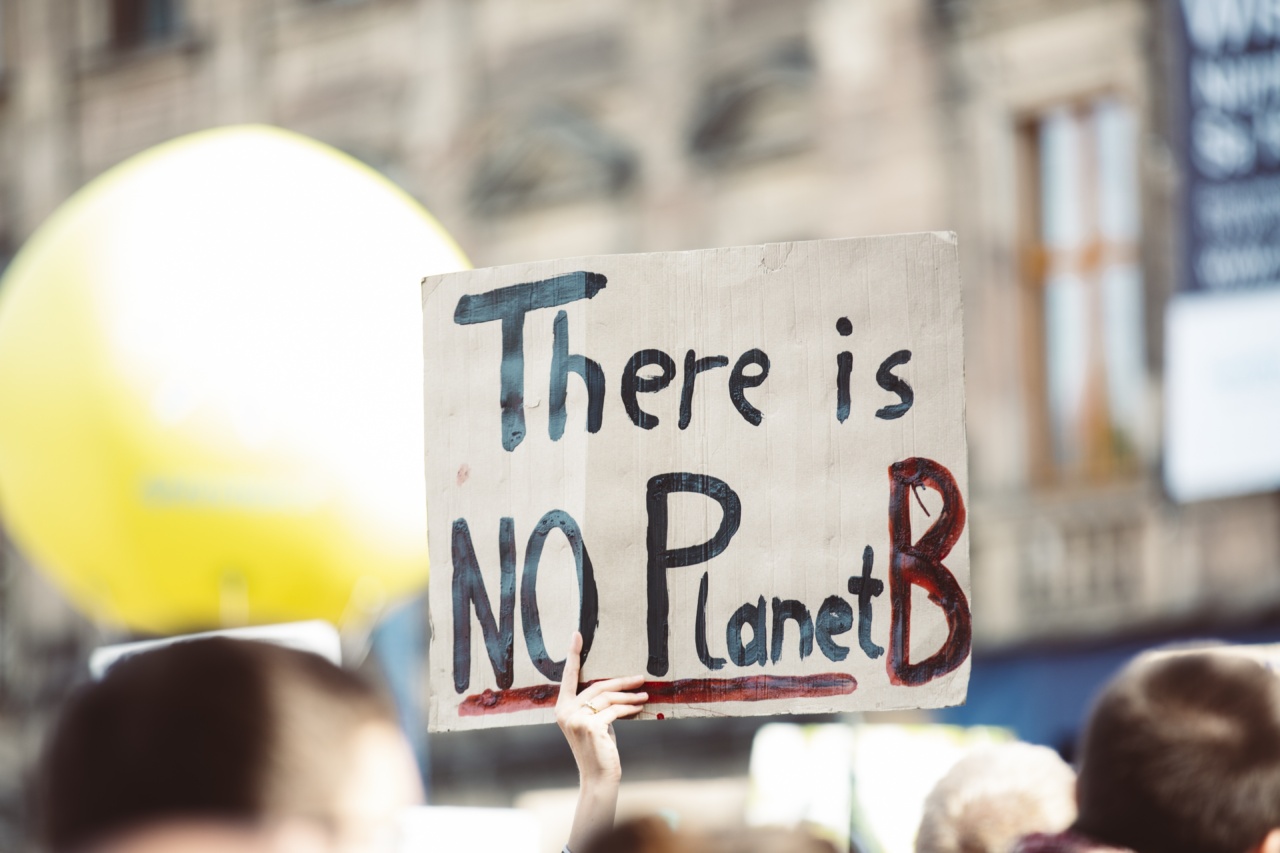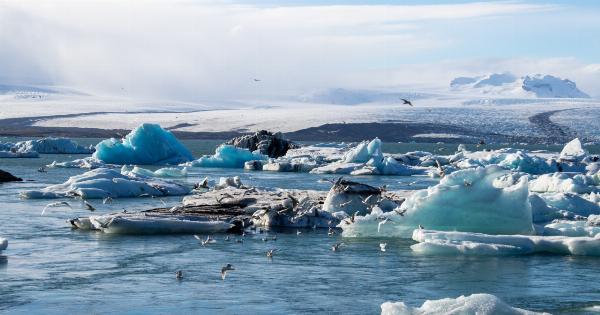Climate change has emerged as one of the most significant challenges facing humanity in the 21st century.
The mounting evidence of its impacts on the environment, society, and the economy has prompted scientists to issue a dire warning: if we fail to take immediate and drastic action, we risk the end of humanity as we know it. This article delves into the reasons why scientists are cautioning us about the catastrophic consequences of climate change, and the urgent measures needed to avert this existential threat.
1. The Accelerating Pace of Climate Change
Climate change is not a distant, future problem – it is happening right now, and its pace is accelerating.
The Earth’s average temperature has already risen by 1 degree Celsius compared to pre-industrial levels, primarily due to human activities such as burning fossil fuels and deforestation. This warming trend is causing devastating impacts across the globe, including rising sea levels, extreme weather events, and loss of biodiversity.
2. Rising Sea Levels and Coastal Displacement
One of the most alarming consequences of climate change is the rise in sea levels. As global temperatures continue to rise, polar ice caps and glaciers are melting at an alarming rate, causing sea levels to increase.
This puts coastal regions and low-lying islands at risk of being submerged, displacing millions of people and leading to unprecedented humanitarian crises. The loss of habitable land and infrastructure will have severe economic and social implications, with the potential to trigger mass migrations and conflicts over limited resources.
3. Extreme Weather Events and Natural Disasters
Climate change is intensifying extreme weather events such as hurricanes, droughts, heatwaves, and floods.
These events not only result in immediate human casualties, but also lead to long-term consequences such as food and water shortages, crop failure, and destruction of infrastructure. The frequency and intensity of these disasters are expected to increase in the coming years, posing formidable challenges for disaster response and recovery efforts.
Developing countries, in particular, are more vulnerable to the adverse impacts of extreme weather events, exacerbating existing inequalities and vulnerabilities.
4. Loss of Biodiversity and Ecosystem Collapse
Climate change is driving the loss of biodiversity and causing ecosystem collapse at an unprecedented scale.
Rising temperatures, altered rainfall patterns, and changing ocean chemistry are disrupting ecosystems and pushing numerous plant and animal species to the brink of extinction. This loss of biodiversity not only diminishes the aesthetic beauty of our planet but also undermines crucial ecosystem services such as pollination, water purification, and carbon absorption.
As ecosystems unravel, the stability of entire ecosystems and the services they provide to humanity are compromised.
5. Amplifying Feedback Loops
Climate change has the potential to trigger self-reinforcing feedback loops, further exacerbating its impacts. For example, as Arctic ice melts, the darker ocean absorbs more heat, leading to even more ice melt.
This chain reaction amplifies global warming and accelerates the loss of polar ice, eventually rendering the feedback loop unstoppable. Similar feedback loops exist in other ecosystems, such as the release of methane from melting permafrost or the bleaching of coral reefs due to warmer oceans.
These feedback loops could potentially push the Earth’s climate system beyond irreversible tipping points.
6. Disruption of Agricultural Systems and Food Security
Climate change poses a grave threat to global food security. Rising temperatures, changing rainfall patterns, and increased frequency of extreme weather events can significantly impact agricultural productivity.
Crop failures, reduced yields, and the spread of pests and diseases can lead to food scarcity, price volatility, and regional conflicts over resources. Vulnerable populations in developing countries, who rely heavily on agriculture for their livelihoods, are particularly susceptible to these disruptions, exacerbating poverty and inequality.
7. Health Impacts and Spread of Infectious Diseases
Climate change can have profound impacts on human health.
Changing climatic conditions influence the distribution and behavior of disease vectors, such as mosquitoes, increasing the risk of vector-borne diseases like malaria, dengue fever, and Zika virus. Rising temperatures also exacerbate air pollution, leading to respiratory illnesses and cardiovascular diseases.
Furthermore, the displacement of communities due to climate-related disasters creates overcrowded conditions, hygiene challenges, and limited access to healthcare, increasing the vulnerability to infectious diseases.
8. Socioeconomic Disruptions and Political Instability
The consequences of climate change extend far beyond the physical environment; they also pose profound socioeconomic and political challenges.
Disruptions to critical sectors such as agriculture, energy, water resources, and transportation can have cascading effects on economies and livelihoods. Scarce resources and environmental degradation can intensify conflicts over land, water, and other valuable assets, exacerbating political instability and social unrest.
The strain on institutions and governance systems can further hinder effective response and adaptation measures.
9. The Window of Opportunity is Closing
Despite the overwhelming evidence and warnings from scientists, the global response to climate change has been inadequate.
Delaying and hesitating to take action only shrinks the window of opportunity to mitigate the worst consequences of climate change. Rapidly reducing greenhouse gas emissions, transitioning to renewable energy sources, implementing sustainable land-use practices, and investing in climate resilience are vital steps that can still make a significant difference.
However, the longer we wait, the more challenging and expensive it becomes to address the impacts and adapt to the changes.
10. The Hope Lies in Collective Action
While the situation may seem dire, it is crucial to remember that we still have the power to alter the course of our future. Addressing climate change requires global cooperation, political will, and the active participation of all sectors of society.
Governments, businesses, communities, and individuals must work together to cut greenhouse gas emissions, protect and restore ecosystems, promote sustainable practices, and enhance climate resilience. By prioritizing the health of our planet, we can safeguard the future for generations to come.





























